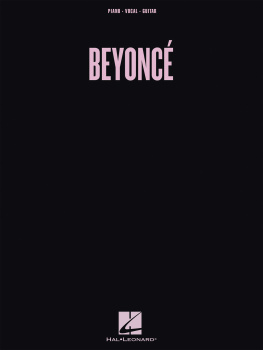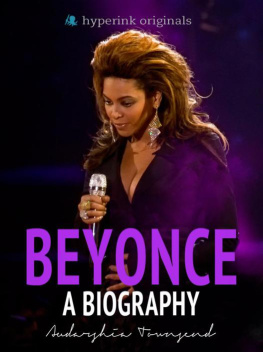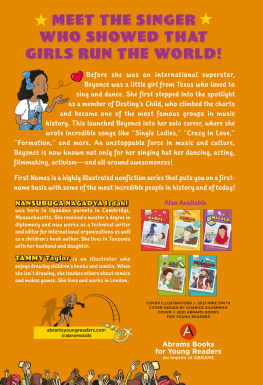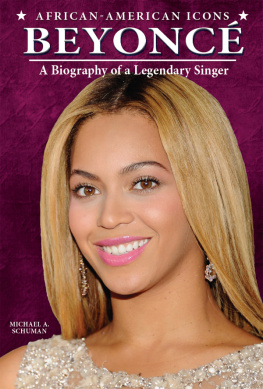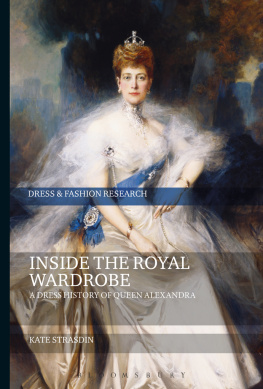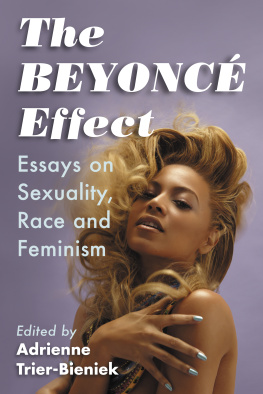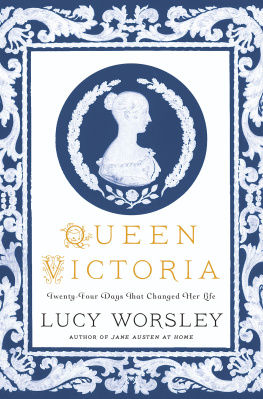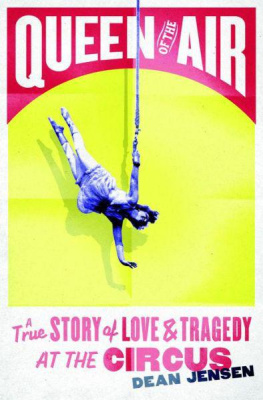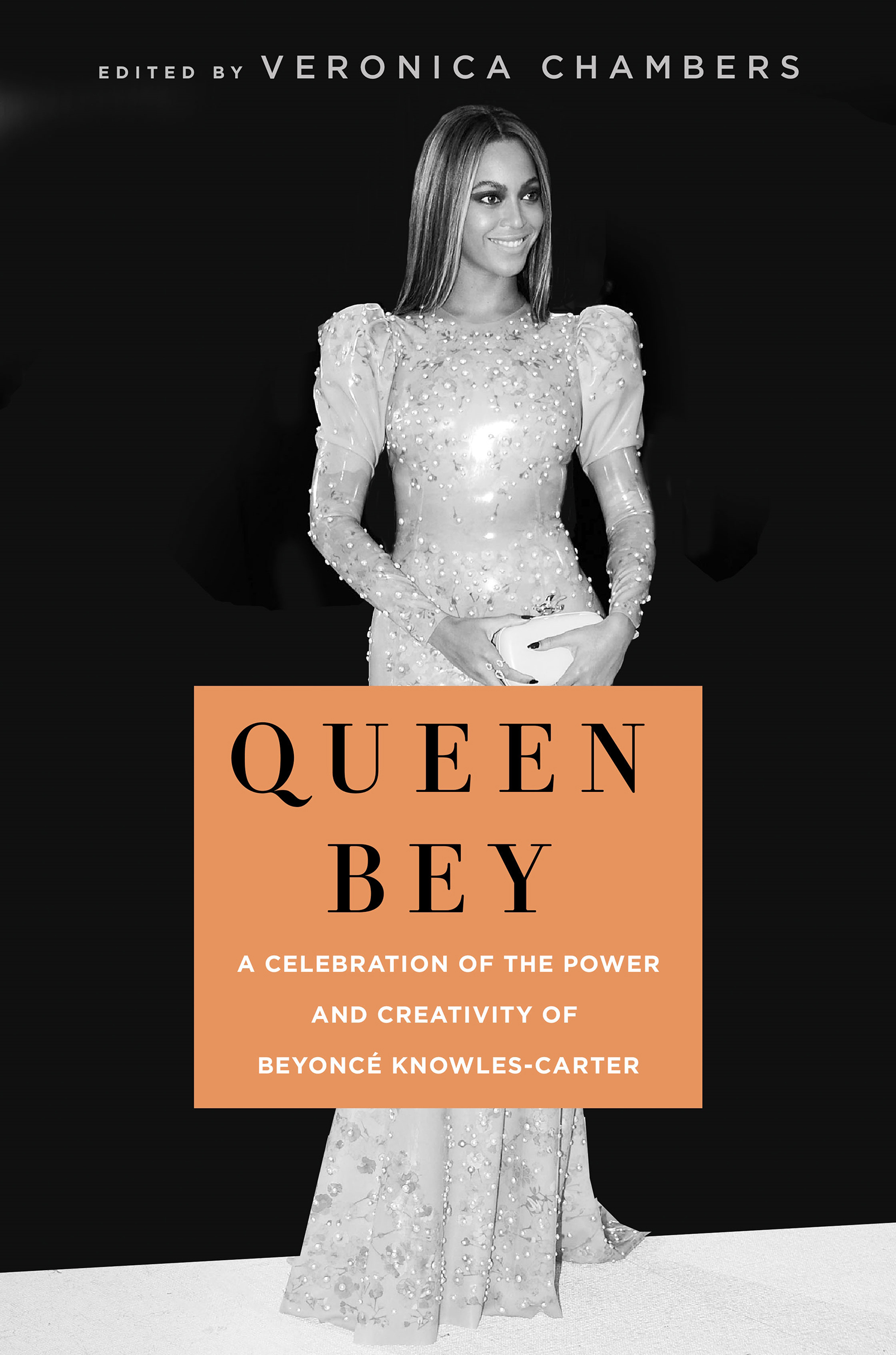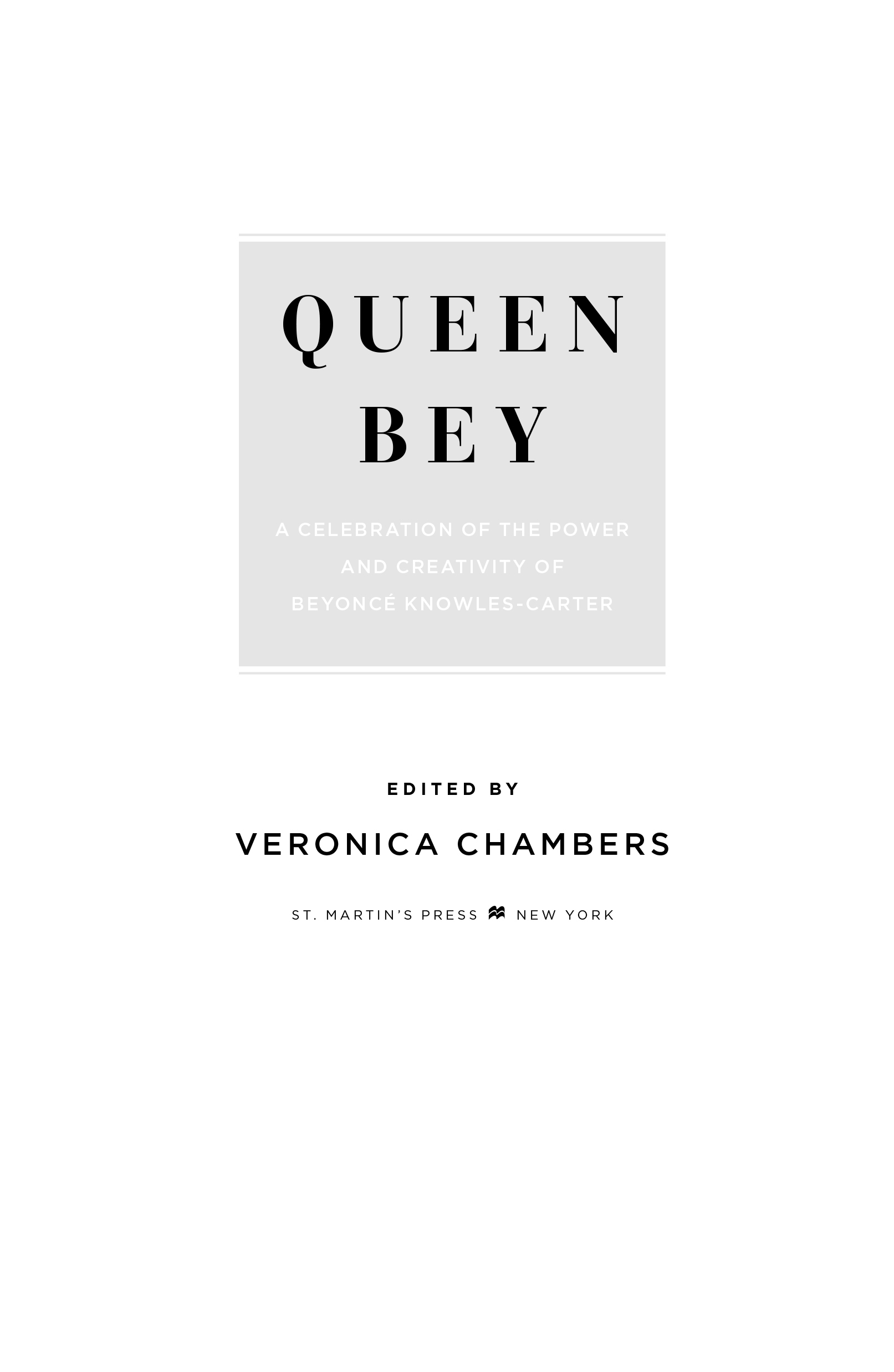The author and publisher have provided this e-book to you for your personal use only. You may not make this e-book publicly available in any way. Copyright infringement is against the law. If you believe the copy of this e-book you are reading infringes on the authors copyright, please notify the publisher at: us.macmillanusa.com/piracy.
Introduction:
What Might a Black Girl Be in This World?
VERONICA CHAMBERS
I first became aware of Beyonc in the late nineties. I was a young editor at Newsweek magazine, where my purview included writing about music. My apartment in Brooklyn Heights was like my own version of the Barbie Dream House: top floor of a brownstone, super high ceilings, two levels to the apartmentliving room and kitchen on the first floor, loft bedroom and alcove on the second floor. All of my friends from L.A. had keys to my place. My friend John Singleton wrote a draft of his remake of Shaft on my couch. A decade plus before companies like eBay and Rent the Dress, my friend Cassandrawho lived in Californiaand I FedEx-ed dresses back and forth for big events. I went to and hosted some truly epic parties.
It was a golden age for women in contemporary R&B. I would make playlists with all my favorites: Mariah Careys Breakdown with Krayzie Bone and Wish Bone from Bone Thugs-N-Harmony. Aaliyahs Are You That Somebody? Every track from Missy Elliott, every track from Erykah Badus womynist debut. Deborah Coxs Nobodys Supposed to Be Here. Vanessa Williams Colors of the Wind. Toni Braxton singing anything and everything. Destinys Child, especially that early Wyclef Jean remixbecause Lauryn Hill was the queen of hip hop in those dayswere easy to slip into the mix.
Independent Women by Destinys Child was a game changer. The 2001 song was the theme song to a remake of Charlies Angels starring Drew Barrymore, Cameron Diaz, and Lucy Liu. Destinys Child had been through some personnel changes. There had been, rumors had it, more than a little drama behind the scenes. But by 2001, there was no denying that Destinys Childreassembled as a trio with Beyonc clearly as the leadwas pure fire. Beyonc at the head of a boardroom table in the Independent Women video was everything Iand every young woman I knewwanted to be: glamorous, in charge, with her best girls by her side. Beyonc 1.0 had arrived, and the way she held the cameras gaze made us feel as if hers was a party we were all invited to.
A side note. While I recognize the role that colorism has played in the African American community as well as in mainstream culture, I find it to be a retro and useless conversation. Why give so much air time to a phenomenon so many of us agree shouldnt exist? But because it comes up again and again in reference to Beyonc, let me say this: I would argue that Beys most defining characteristic isnt her skin color or the length or texture of her hair. What makes Beyonc so undeniably Beyonc is the fire in her belly, the almost otherworldly level of focus and ambition in her eyes.
Growing up as an Afro-Latina in America, in a country marked by constant reminders of race and racism, I have been asking and answering one question my whole life: what might a Black girl be in this world? The incredible body of work that comprises the oeuvre of Beyonc Knowles-Carter seems to me an answer to that question too. What might a Black girl be in this world? Everythingand more than you ever imagined.
Dozens of movies came out the year that Independent Women dropped and Beyonc began to truly captivate our imagination, but hardly any of those films featured brown-skinned girls. I enjoyed Legally Blonde and Tomb Raider, but I didnt see anyone who looked like me in those films. Amlie and Gosford Park remain perennial favorites, but no depiction of diverse women in those films either. Oceans 11 and Charlies Angels were great romps but as an audience member, they didnt feel like romps that Black and brown girls were invited to. So Independent Women became, if you will, a trailera promise, before the term was even widely used, of all the Black girl magic that was to come. When the history of Black women in the twenty-first century is written, Beyoncs place, her work as a marker and reflection of power and possibility, will be undisputable. She is more than a pop star. Her very omnipresence means she sits, again and again, at the intersection of intersectionality.
In 2002, I married the love of my life. It had beento my minda whirlwind romance. He proposed after seven months of dating. We got married a year later. Three months after we married, I was invited to teach in Maine at Bowdoin College. My husband stayed behind at our apartment in New York. But three out of four weekends, he flew up to visit me. I would drive from my little riverside cottage in a small town called Woolwich and pick him up at the airport in Portland. What might a Black girl be in this world? Anything and more than she imagined.
Growing up on Ocean Avenue in Brooklyn, I never imagined myself in Mainequiet afternoons sitting by the Atlantic Ocean, exchanging my recycling for a handful of wrinkled one dollar bills, enough money to buy fresh lobsters from fishermen at the wharf. Id never imagined, growing up in Brooklyn in the 80s listening to Hctor Lavoe and Run DMC that Id be on a head nod hello basis with craggy New England fishermen. I didnt ever picture myself on a leafy campus, a newlywed, a published author. My life had changed so fast. But no matter how quickly things changed, Beyoncs music always kept up with me, a soundtrack of power and possibility.
On Friday nights, when I went to pick my new husband up at the airport, I hopped in my old Volvo and I would play the first track to feature Beyonc as a solo artist: 03 Bonnie and Clyde. I loved that song, more than I loved some relatives of mine. I still do. Id play it on repeat, the windows rolled down, the smell of pine and fir trees mixed with the smell of salt air. Even when I couldnt see the ocean, I could smell it. I loved that about Maine. It took me about an hour to drive to the airport. Sometimes I played the song five times on repeat. The love that B and Jay shared was a mirror to my own newlywed love. And then there was a sweet bonusthe song included a sample of Tupacs Me and My Girlfriend.
Id known Tupac and his mother, Afeni. My first book was a behind-the-scenes look at John Singletons sophomore film, Poetic Justice. I spent six months on the set from casting to wrap and I discovered that movie sets are like greenhouses, forcing into bloom friendships that might otherwise take years to cement. I never claimed to be a pal of Tupac, but every time I would see him afterward, he would beeline and hold me tight. The refrain of All I need in this life / is me and my girlfriend felt like a hug from my new/old friend, as if Tupac were rolling with me through the woods in Maine.
It became clear in the 2000s that Beyoncs one-name moniker was hard earned, well earned. Beyonc was as synonymous with music as Sting or Prince, Michael or Bono.
The moment that captured my attention was in 2010, when she hit pause on everything. Her mother had advised her that maybe a break was in order and she heeded that advice, taking nearly a year off to live life, to be inspired by things again. She visited, and sometimes revisited, all of the places she never really got to see when she was on tour: museums and ballet performances, Glastonburyas a fan not a performerthe Great Wall of China, and Australia. In an article in


